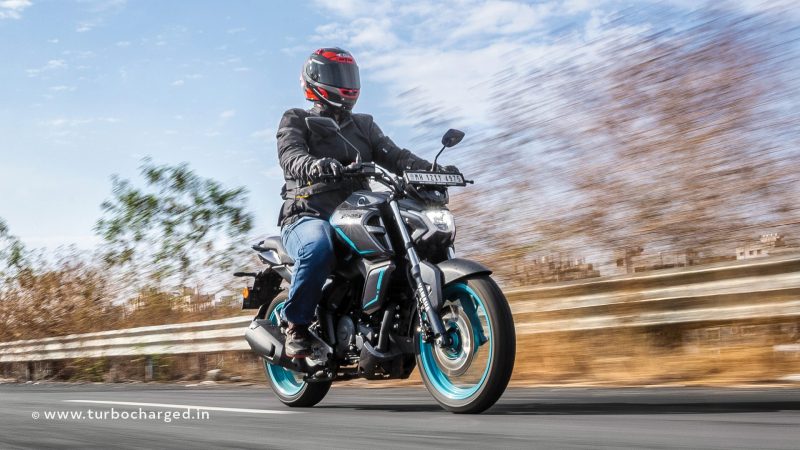Words Abhishek Pandey | Photography Saidatta Naik
The Yamaha FZ series has been in the Indian market for almost 17 years. When launched in 2008 it became the absolute favourite in the 150cc segment and stayed like that for many years. Over the years, it received marginal updates in the form of slightly different bodywork, the addition of fuel injection and multiple variants, but the motorcycle largely remained unchanged. In line with the small add-ons, Yamaha recently launched the FZ-S Fi Hybrid, a mild-hybrid version of the motorcycle, which is claimed to be the first hybrid motorcycle in the segment. It is very enticing to hear the name ‘hybrid’, but what exactly does the FZ-S Fi Hybrid offer? Let us find out.
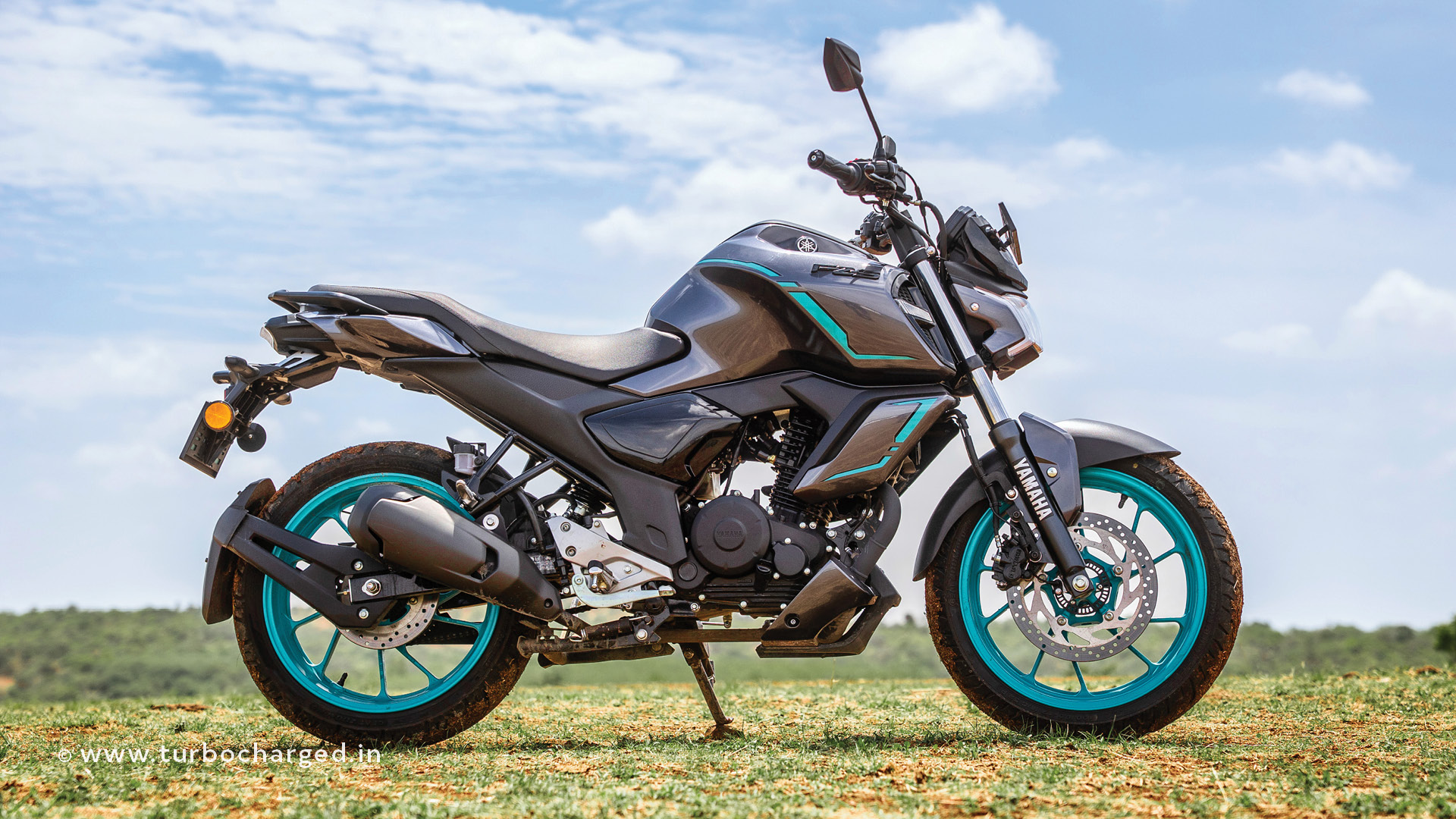
The FZ-S Fi Hybrid looks the same way it has looked for the past few years and is identical to the design of the standard non-hybrid model. But look closer, and you’ll notice the turn indicators have now been integrated into the fuel tank scoops, a fresh set of graphics have been introduced along with two new colour schemes.
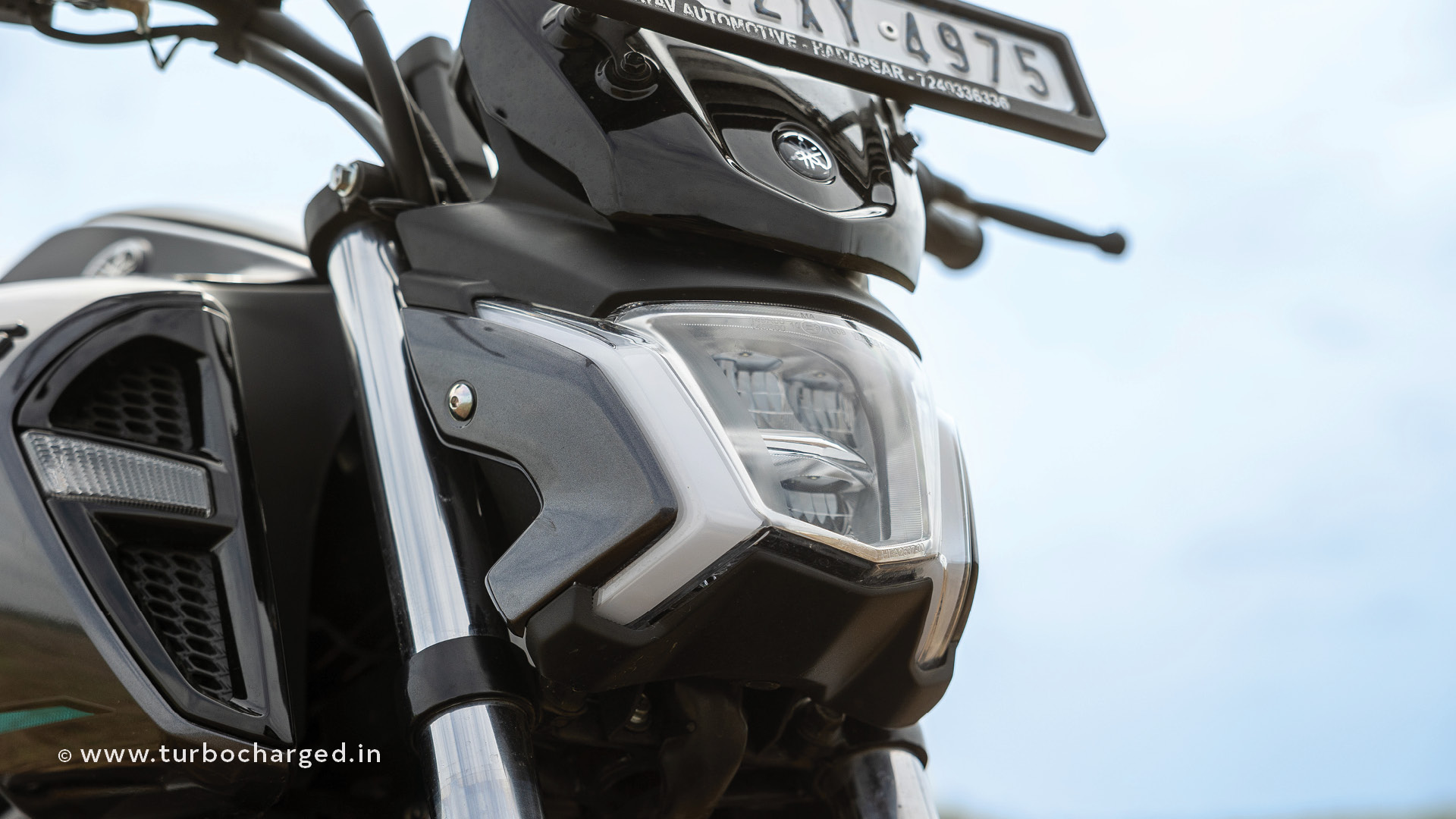
Swing the leg over, and you will be greeted by the familiar FZ feel. The muscular tank, which makes the bike feel bigger than it is. The FZ still holds its own with clean, sporty proportions and an overall handsome stance. That said, despite Yamaha’s periodic design updates, the FZ’s styling is starting to feel dated, it’s about time for a major refresh.
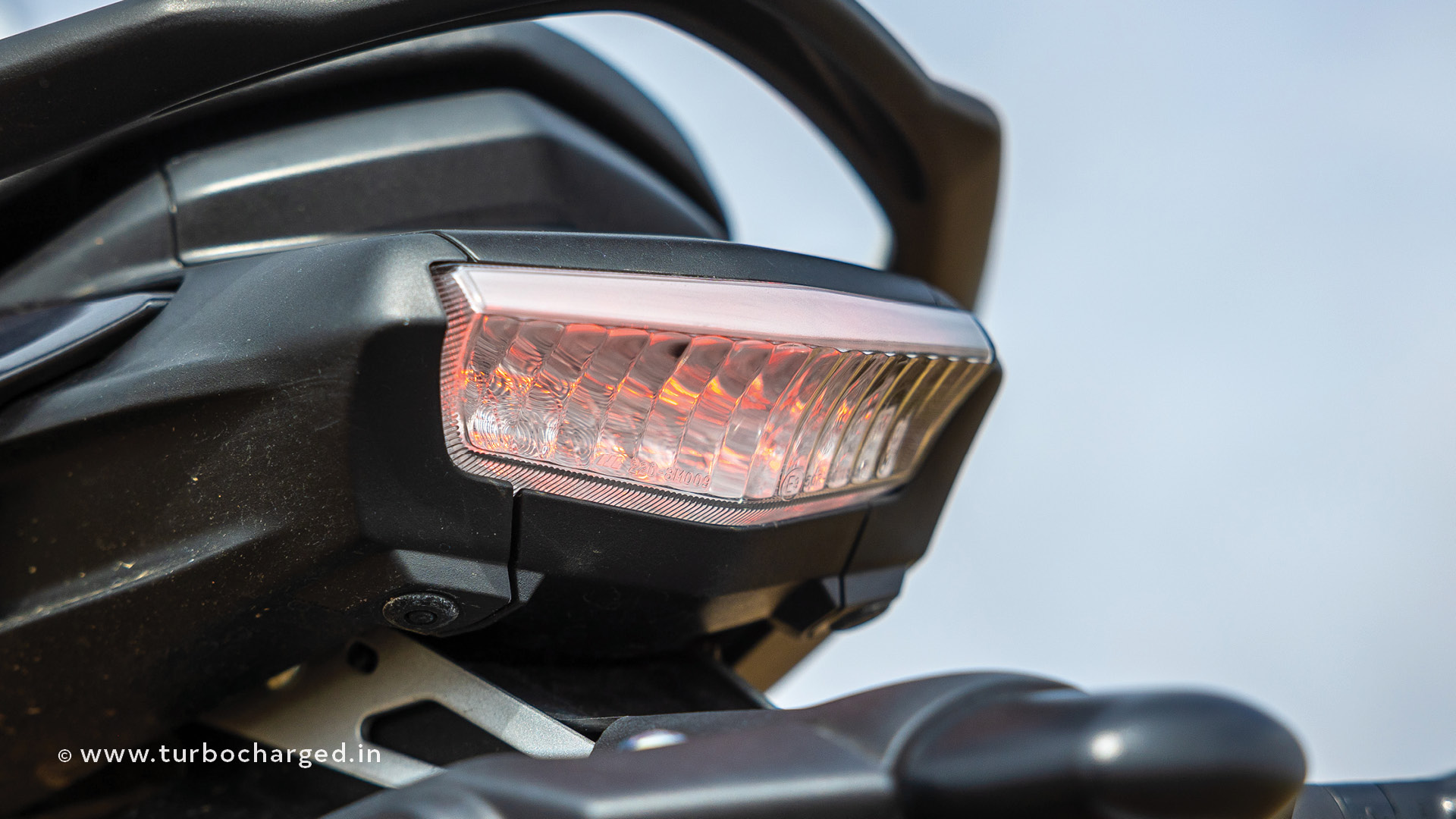
Swing a leg over the FZ-S Hybrid and you’re greeted with a rider triangle that’s mostly upright, with just a slight lean forward, comfortable without feeling too laid-back. The centre-set footpegs keep your knees mildly bent, and At 790mm, the seat height is accessible for most riders, and the 138kg kerb weight makes it incredibly easy to handle. The FZ-S Hybrid gets more features than the other motorcycles in the FZ lineup. It gets a 4.2 inch TFT dash, a Bluetooth-connected app, turn- by-turn navigation, and even traction control, which is a segment first. That said, single-channel ABS is a bit of a letdown, especially considering the price. A dual-channel setup would’ve made it feel more complete.
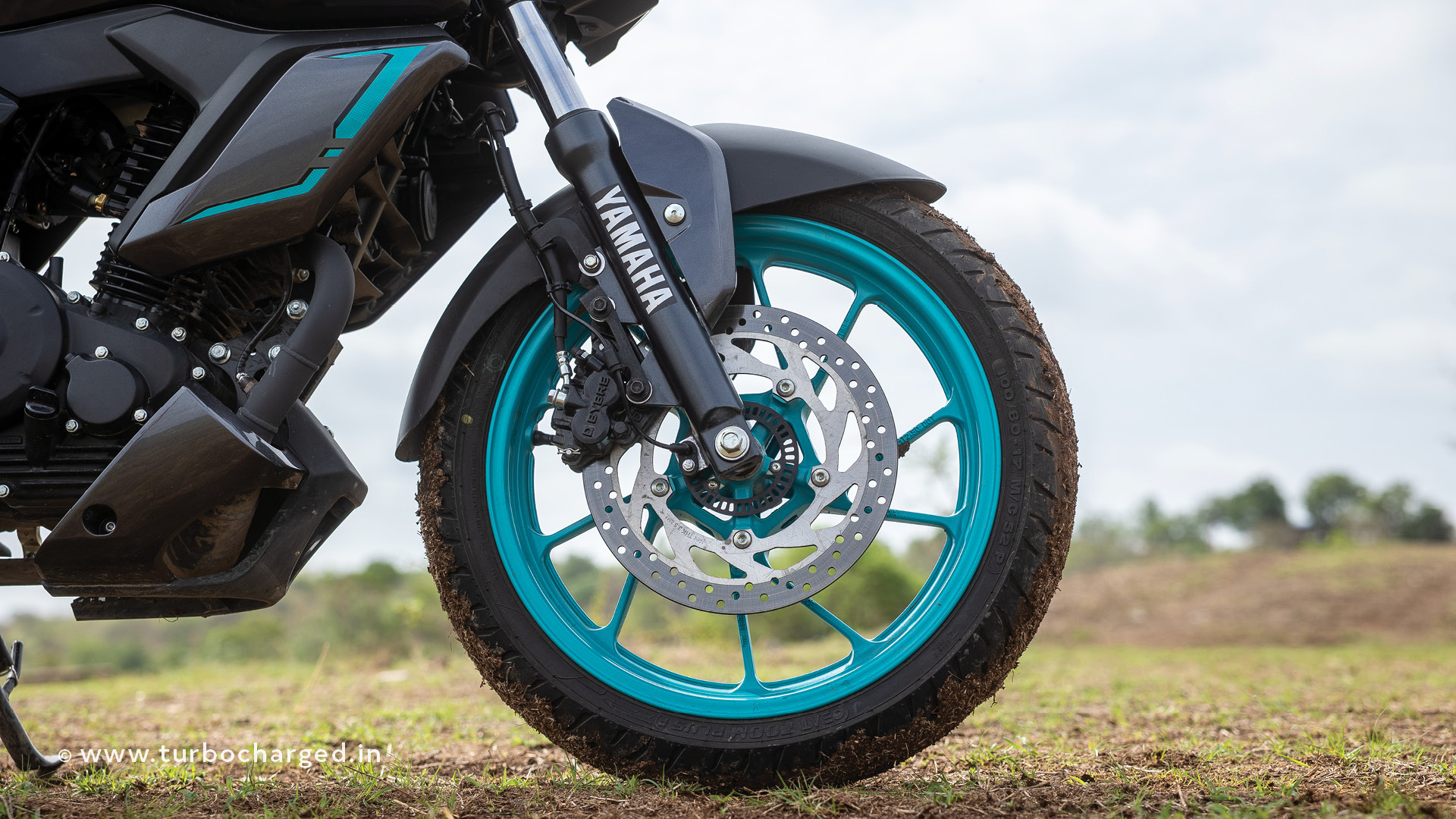
The FZ runs on the familiar 149cc air-cooled single-cylinder motor that produces 12.2PS and 13.3Nm which is mated to a 5-speed gearbox. The engine now gets a Starter Motor Generator (SMG), which provides a slight electric assist under acceleration, reducing load on the engine and making it smoother and marginally more efficient.
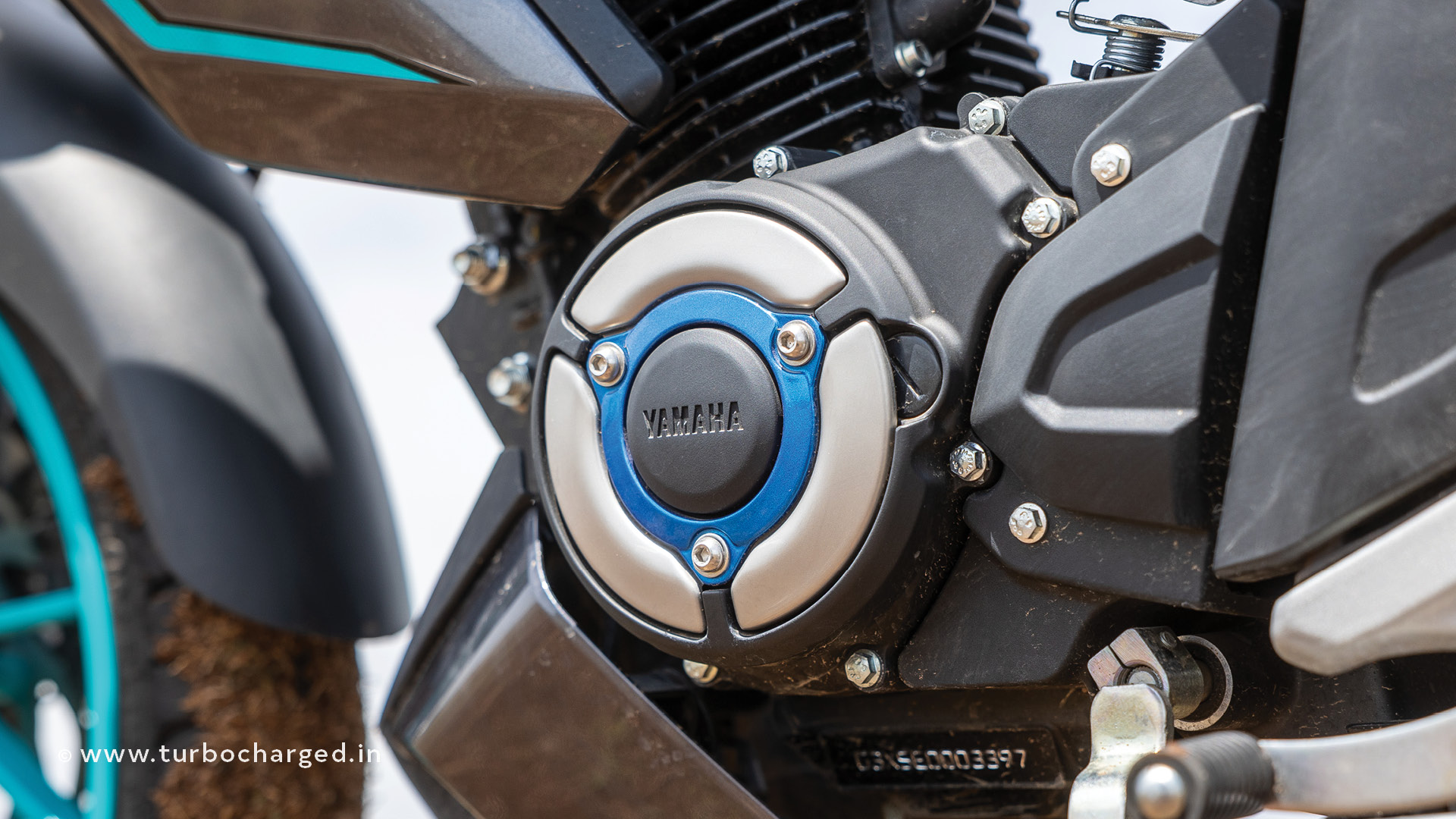
It also brings start-stop functionality that helps save fuel in traffic and allows for quieter engine starts. The engine feels more or less the same and is the most comfortable running in the 75-85kmph range. But it feels underpowered, especially when compared to the competition.
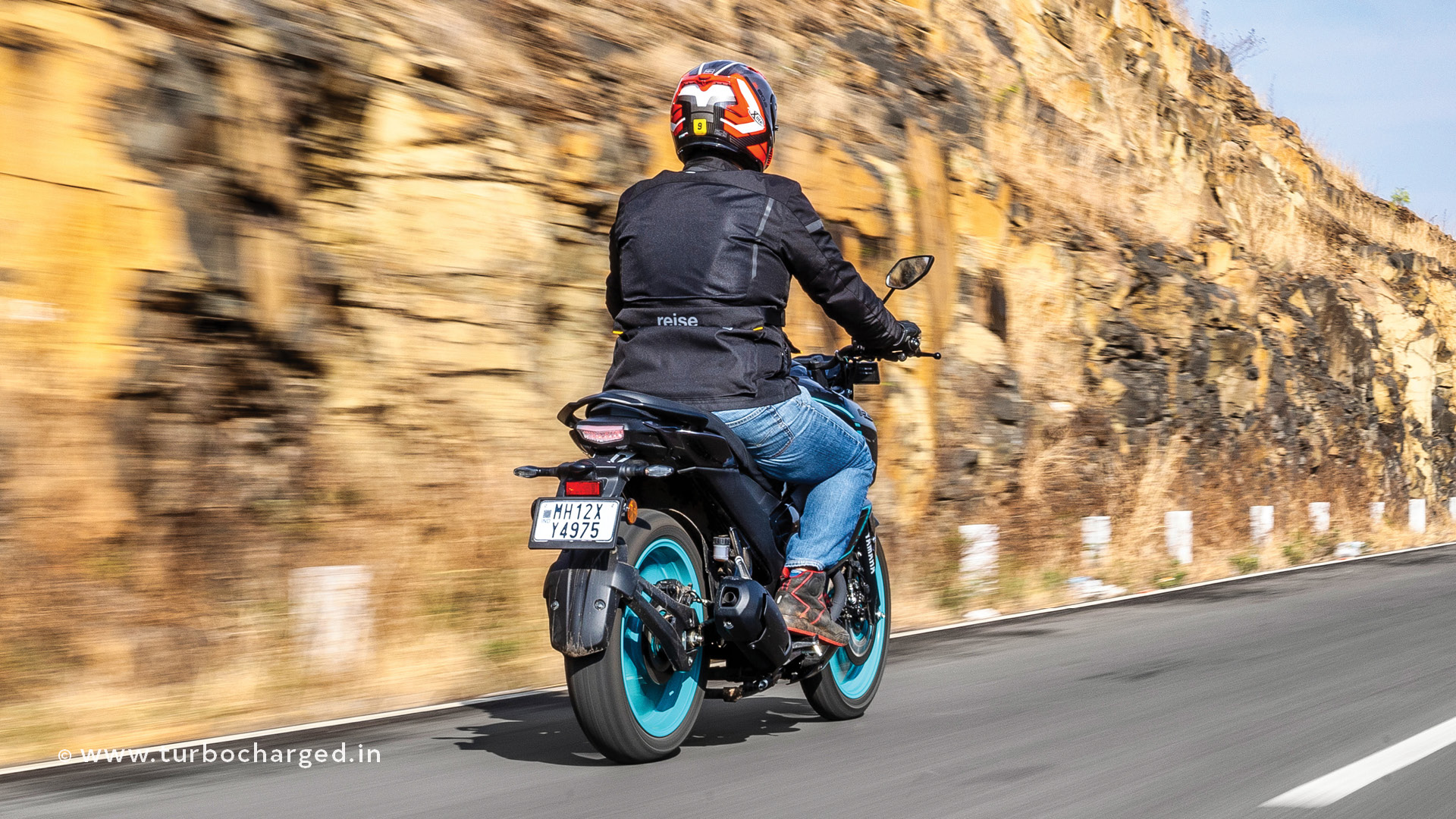
The FZ is still one of the better handling motorcycles in the segment, it is nimble, changes direction quickly and feels confident in corners. The suspension setup leans a bit on the firmer side, especially at the rear, and you do feel sharper edges, like expansion joints or tightly spaced rumble strips. But the bike takes on highway undulations, speed breakers, and moderate potholes with a plush, composed feel. The ride gets noticeably more settled with a pillion on board, where even that slight rear stiffness smooths out nicely.
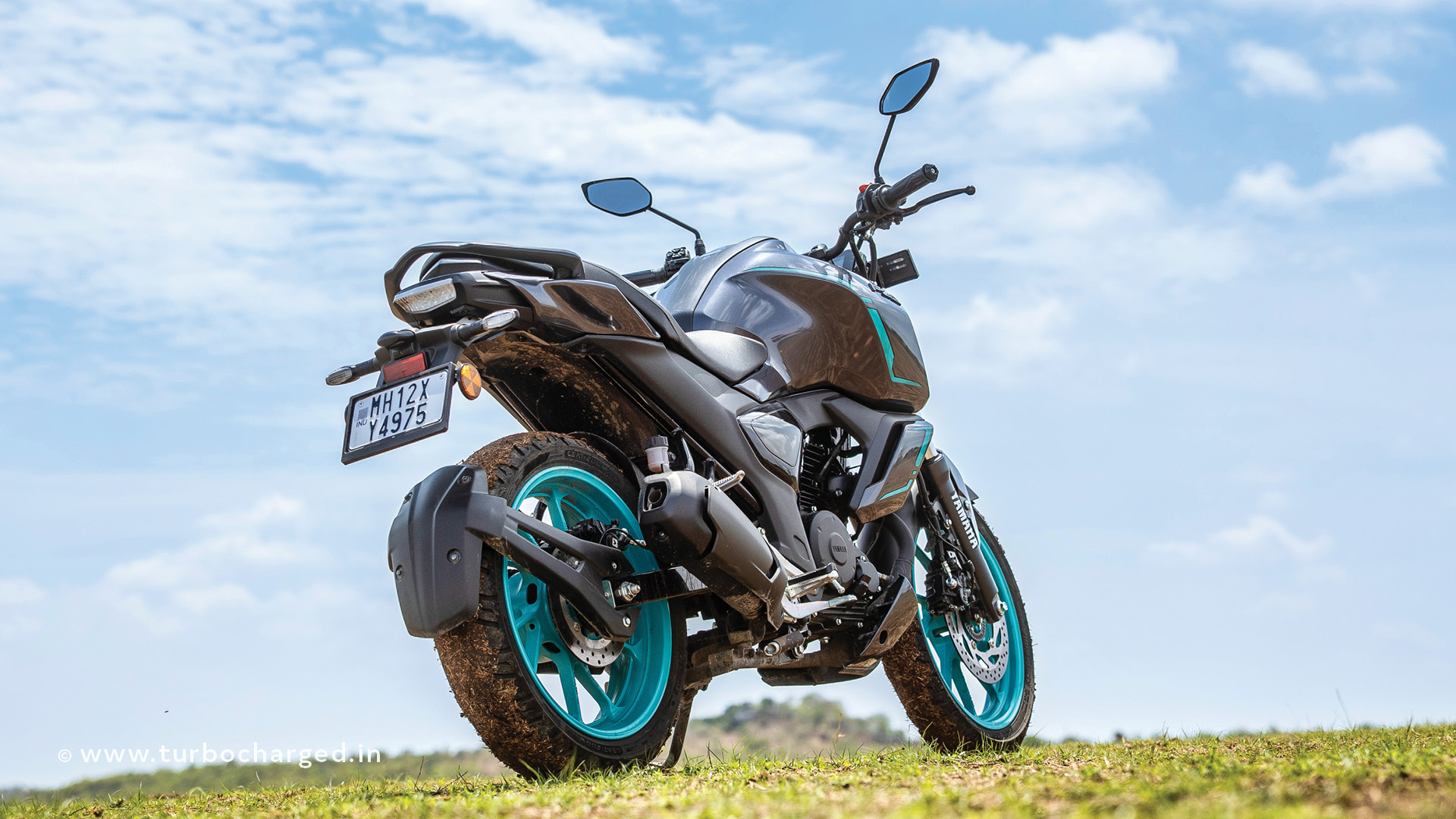
The FZ-S Fi Hybrid doesn’t reinvent the formula, but it does refine it in meaningful ways. The hybrid tech makes it more efficient and smoother to ride. It still nails the basics, comfort, ease of use and quality, and throws in a decent amount of tech while it’s at it. But it does look dated and desperately begs for a complete change. Although, if you’re looking for a smart, no-nonsense daily that now feels a bit more future-ready, the FZ-S Hybrid is worth a look.




